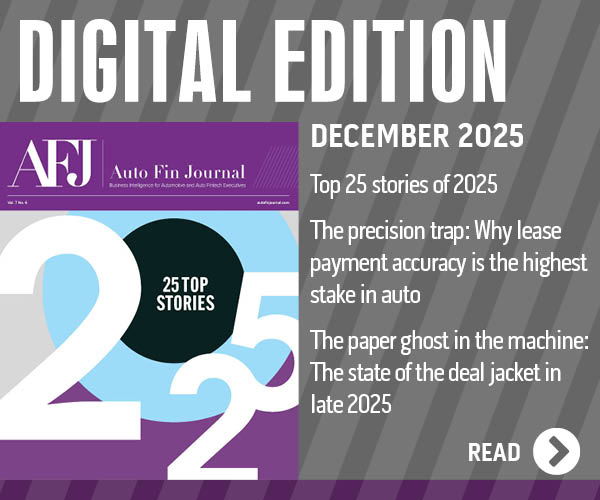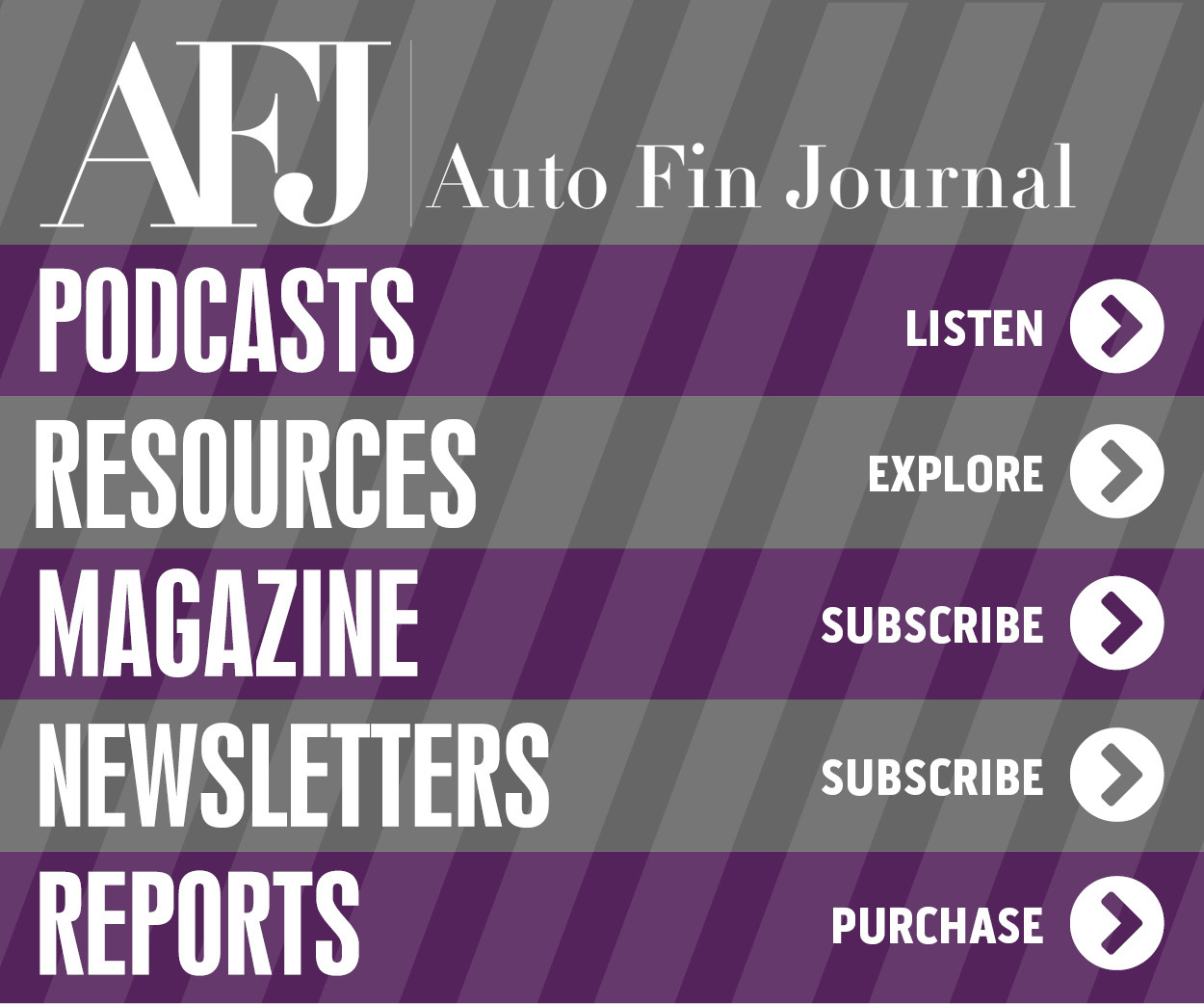Weighing benefits versus risks of blockchain within ABS market

By subscribing, you agree to receive communications from Auto Remarketing and our partners in accordance with our Privacy Policy. We may share your information with select partners and sponsors who may contact you about their products and services. You may unsubscribe at any time.
LONDON –
S&P Global Ratings has questions you might have, too. What is blockchain? And why does it elicit feelings of excitement and confusion simultaneously within the structured finance market?
Analysts looked to answers those questions and more and arrived at more potential benefits than risks if blockchain gains a greater presence within the auto ABS market and elsewhere within structured finance.
“Blockchain holds the promise of potential cost savings, new operational efficiencies, and improved transparency and accuracy. With these benefits, the technology could also introduce credit risks to structured finance transactions,” S&P Global Ratings said while introducing its latest report, "What Blockchain Could Mean For Structured Finance," that the firm also shared with Auto Fin Journal.
Analysts set an information foundation first by explaining what blockchain and tokenization are.
S&P Global Ratings described blockchain as a system that facilitates communication between transacting parties while distributing proofs for transaction agreements to all participants. The firm said blockchain is a type of “distributed ledger,” meaning it is a shared database that is replicated and synchronized by a decentralized network.
Analysts emphasized transactions on a blockchain (also referred to as distributed ledger technology [DLT]) are permanently committed to a ledger by groups of transactions called blocks.
Subscribe to Auto Remarketing to stay informed and stay ahead.
By subscribing, you agree to receive communications from Auto Remarketing and our partners in accordance with our Privacy Policy. We may share your information with select partners and sponsors who may contact you about their products and services. You may unsubscribe at any time.
The firm added a blockchain network uses ordinary internet connectivity, and users can access blockchain applications via a browser or specialized desktop applications.
“Blockchains incorporate ‘smart contracts,’ defined loosely by IBM as computer code that is stored on a blockchain and executed when defined terms and conditions are met. Smart contracts can enforce a variety of agreements in business collaborations,” report authors said.
“Because smart contracts are programs, it is possible to write them in such a way that they compensate for any features unavailable in the chosen blockchain,” they continued.
Meanwhile, S&P Global Ratings noted that tokenization is the conversion of the value of an illiquid asset (such as property) into a fixed number of liquid tokens, which themselves have a fractional value of the original asset. Analysts pointed out that the perceived value of the token can be limited to the blockchain on which the token is created and managed.
Alternatively, the token can enjoy extended reach if it can be exchanged for other currencies, including fiat money, according to the report.
With those descriptions as a backdrop, S&P Global Ratings arrived at 10 different potential blockchain benefits for securitization. Report authors broke down the possibilities within four different categories.
Originator and assets
— Ability to create larger homogeneous asset pools to facilitate statistical analysis
— Diversification of assets can reduce vulnerability to economic stress
Process
— Set of smart contract templates developed for securitization will enable quick establishment of the trust and the time frame of the securitization process could be reduced substantially
— Data sets are provided in a structured format, enabling easy and quick programable reconciliation
— Full transparency of process setup and the data used
— Improved quality of available data on the blockchain, which could mitigate reporting errors or potential misrepresentation
Execution
— Quicker and more accurate cash flow reporting
— Real-time transparency during execution as any revealed issues would be known
Oversight
— Real-time full transparency of all transactions
— Ability to statistically test health of the process, and predict the outcome
Conversely, S&P Global Ratings also spotted five potential blockchain risks for securitization. Analysts mentioned:
— Legal and regulatory risks
— Operational and administrative risks
— Credit quality of the securitized assets
— Payment structure and cash flow mechanisms
— Counterparty risks
“We believe legal and regulatory risks and operational and administrative risks would initially be the most affected pillars of our framework by the application of blockchain technology to the securitization process,” report authors said.
For more information and to obtain the entire report, visit www.spglobal.com/ratings.


